

Articles
How To Store Dehydrated Oranges
Modified: December 7, 2023
Learn how to store dehydrated oranges effectively with these helpful articles, ensuring their freshness and flavor for longer periods.
(Many of the links in this article redirect to a specific reviewed product. Your purchase of these products through affiliate links helps to generate commission for Storables.com, at no extra cost. Learn more)
Introduction
Dehydrated oranges are not only a convenient and versatile snack but also a great addition to a variety of recipes. They are oranges that have gone through a dehydration process, where the moisture is removed, leaving behind a flavorful and nutritious fruit. Dehydrating oranges not only extends their shelf life but also concentrates their natural sugars, intensifying their taste.
In this article, we will explore the world of dehydrated oranges, discussing their benefits, how to prepare and choose oranges for dehydration, different methods of dehydrating them, and most importantly, how to properly store them to maintain their freshness and flavor. So whether you are a food enthusiast looking to experiment with new flavors or someone wanting to extend the shelf life of your oranges, let’s dive into the wonderful world of dehydrated oranges!
Key Takeaways:
- Dehydrated oranges offer a convenient, flavorful, and nutritious snack or ingredient for a wide range of recipes. Their extended shelf life, concentrated flavor, and versatility make them a must-have pantry staple for culinary enthusiasts.
- Properly storing dehydrated oranges is crucial for maintaining their freshness and quality. By following storage tips and creative usage ideas, you can enjoy the delightful citrusy flavor and benefits of dehydrated oranges for an extended period.
Read more: How To Dry Oranges In A Dehydrator
What are Dehydrated Oranges?
Dehydrated oranges are simply oranges that have been dried to remove their moisture content. The process of dehydration involves removing water from the fruit, which ultimately results in a shrunken and concentrated version of the original fruit. Dehydrating oranges not only enhances their flavor but also extends their shelf life, making them a popular choice for snacking and culinary purposes.
The dehydration process involves slicing the oranges into thin rounds or wedges and then subjecting them to low heat or air drying methods. This process removes the water content from the fruit while retaining the majority of its nutrients and flavor. The end result is a chewy and slightly tart fruit, which can be enjoyed on its own or used in a variety of dishes.
Dehydrated oranges are incredibly versatile and can be used in both sweet and savory recipes. They can add a burst of tangy sweetness to salads, cereals, granola bars, trail mixes, and baked goods. They can also be used as a garnish on cocktails or infused into hot beverages like teas or mulled wines, adding a delightful citrusy aroma and flavor.
Not only do dehydrated oranges offer a unique taste experience, but they are also packed with nutrients. Oranges are known for their high vitamin C content, and even when dehydrated, they retain a significant amount of this immune-boosting nutrient. They also contain dietary fiber, which aids in digestion, and various antioxidants that contribute to overall health and wellbeing.
Now that you know what dehydrated oranges are and the benefits they offer, let’s explore how to choose and prepare oranges for dehydration.
Benefits of Dehydrated Oranges
Dehydrated oranges offer numerous benefits that make them a popular choice for both snacking and cooking. Let’s take a closer look at some of the advantages of incorporating dehydrated oranges into your diet:
- Convenient and Portable: Dehydrated oranges are lightweight and compact, making them a convenient on-the-go snack. They can easily be packed in lunchboxes, backpacks, or even kept in your car as a healthy alternative to processed snacks.
- Extended Shelf Life: By removing the moisture content, dehydrating oranges significantly prolongs their shelf life. While fresh oranges may only last a few weeks, dehydrated oranges can be stored for several months when stored properly.
- Concentrated Flavor: Dehydration intensifies the natural sweetness of oranges. When you bite into a dehydrated orange, the flavors become more concentrated, providing a burst of tangy and citrusy taste. This flavor enhancement makes dehydrated oranges a delicious and satisfying snack.
- Retained Nutritional Value: Dehydrated oranges retain a significant amount of their nutrients, including vitamin C, dietary fiber, and antioxidants. While the dehydration process may slightly alter the nutritional content, dehydrated oranges still offer a nutritious option for adding vitamins and minerals to your diet.
- Versatile Ingredient: Dehydrated oranges can be used in a multitude of dishes. They make a wonderful addition to both sweet and savory recipes. From salads and baked goods to granola bars and beverages, dehydrated oranges add a unique and tangy flavor to a wide range of culinary creations.
- Reduced Waste: Dehydrating oranges allows you to make use of excess or overripe fruits that may otherwise go to waste. Instead of throwing out these oranges, dehydrating them helps to reduce food waste while still allowing you to enjoy their flavors and benefits.
Now that you understand the benefits of dehydrated oranges, let’s move on to the next step: choosing and preparing oranges for dehydration.
Choosing and Preparing Oranges for Dehydration
When it comes to choosing oranges for dehydration, it is important to select fruits that are ripe, juicy, and free from blemishes or mold. Here are a few tips to help you choose the right oranges for the dehydration process:
- Variety: Any variety of oranges can be used for dehydration, including navel oranges, Valencia oranges, or blood oranges. Choose the variety that suits your taste preference and availability.
- Firmness: Select oranges that are firm to the touch but still slightly yielding when squeezed. Avoid oranges that are overly soft or mushy, as they may not dehydrate properly.
- Size: Size doesn’t matter when it comes to dehydrating oranges. Both small and large oranges can be used. However, keep in mind that larger oranges may take longer to dehydrate.
- Skin Quality: Look for oranges with smooth, unblemished skin. Avoid oranges with any signs of mold, soft spots, or discoloration, as these may indicate spoilage.
Once you have chosen your oranges, it’s time to prepare them for dehydration. Here is a step-by-step guide to get you started:
- Wash the oranges: Rinse the oranges under cool running water to remove any dirt or debris on the skin. Pat them dry with a clean towel.
- Slice or wedge the oranges: Use a sharp knife to slice the oranges into thin rounds or wedges. Aim for slices that are approximately ¼-inch thick. Alternatively, you can use a mandoline slicer to achieve uniform slices.
- Remove seeds (optional): If desired, you can remove the seeds from the orange slices. However, this step is not necessary, as the seeds will become dry and crunchy during the dehydration process.
- Arrange the orange slices: Lay the orange slices in a single layer on a dehydrator tray or a baking sheet lined with parchment paper.
- Pre-treat (optional): Some people prefer to pre-treat the orange slices by dipping them in a solution of lemon juice or citric acid to help preserve their color and prevent browning. This step is optional but can help maintain the appearance of the dehydrated oranges.
- Dehydrate the oranges: Place the trays of orange slices in a dehydrator or set your oven to the lowest temperature and place the baking sheets inside. Let the oranges dry for several hours or until they are completely dehydrated and slightly chewy in texture.
By following these steps, you are now ready to delve into the different methods of dehydrating oranges. Read on to discover the various techniques for achieving perfectly dehydrated oranges.
Methods of Dehydrating Oranges
When it comes to dehydrating oranges, there are several methods you can choose from, depending on your preference and equipment availability. Let’s explore some popular methods:
- Dehydrator: Using a dehydrator is one of the most convenient and efficient ways to dehydrate oranges. Simply arrange the orange slices on the dehydrator trays, ensuring they are in a single layer and not touching each other. Set the dehydrator to the recommended temperature (usually around 135°F or 57°C) and let it run for several hours or as specified in the dehydrator’s instructions. The dehydrator’s fan and low heat will evenly dry the oranges, resulting in perfectly dehydrated slices.
- Oven: If you don’t have a dehydrator, you can use your oven as an alternative. Preheat your oven to its lowest temperature setting (usually around 170°F or 75°C). Arrange the orange slices in a single layer on a baking sheet lined with parchment paper. Place the baking sheet in the oven and prop the oven door open slightly to allow air circulation. Let the oranges dry for several hours or until they are dehydrated and slightly chewy.
- Sun drying: Sun drying oranges is a traditional and natural method of dehydration. However, it requires a warm and sunny climate with low humidity. Arrange the orange slices on a wire rack or clean screen and place them in a location that receives direct sunlight. Cover the oranges with a mesh screen or cheesecloth to protect them from insects. Rotate the slices throughout the day to ensure even drying. Sun drying can take anywhere from a few days to a week, depending on the weather conditions.
- Microwave: While not as commonly used, the microwave can be used to dehydrate oranges quickly. Place the orange slices on a microwave-safe plate lined with parchment paper. Set your microwave to the lowest power setting or the “defrost” setting. Microwave the oranges in short intervals, checking their progress after each interval. The drying time will vary depending on your microwave’s power and the thickness of the slices. Be careful not to overheat them, as they can become too dry or even scorched.
Whichever method you choose, it is important to keep an eye on the progress of the dehydration process. The orange slices should be fully dried but still slightly pliable, with no moisture remaining. Once they are properly dehydrated, it’s time to move on to the next step: storing your dehydrated oranges.
Store dehydrated oranges in an airtight container in a cool, dark place to maintain their flavor and texture. Avoid exposure to moisture to prevent them from becoming sticky or moldy.
Read more: How To Store Peeled Oranges
Storing Dehydrated Oranges
Proper storage is crucial to maintain the freshness and quality of your dehydrated oranges. When stored correctly, they can last for several months, allowing you to enjoy their delicious flavor and benefits over an extended period of time. Here are some tips for storing dehydrated oranges:
- Cool and Dry Location: Store your dehydrated oranges in a cool, dark, and dry place. Avoid areas with high humidity, as moisture can cause them to become soft or develop mold.
- Airtight Containers: Transfer the dehydrated orange slices to airtight containers, such as glass jars or resealable bags. Make sure to remove as much air as possible to prevent moisture from getting in.
- Label and Date: Label the containers with the contents and the date of dehydration. This will help you keep track of their freshness and ensure that you use the oldest ones first.
- Absorbent Packs: Consider adding food-grade desiccant packs or oxygen absorbers to the containers. These packs will help absorb any residual moisture and keep the oranges dry and fresh.
- Avoid Temperature Fluctuations: Keep the stored oranges away from direct sunlight, heat sources, and temperature fluctuations. Exposure to heat and light can degrade their quality and flavor.
- Check for Moisture: Periodically check the containers for any signs of moisture or mold. If you notice any, discard the affected oranges to prevent it from spreading to the rest of the batch.
- Freezer Storage: If you prefer long-term storage, consider freezing your dehydrated oranges. Place them in freezer-safe bags or containers and store them in the freezer. Freezing will keep the oranges fresh for up to a year.
By following these storage tips, you can ensure that your dehydrated oranges maintain their flavor, texture, and nutritional value for an extended period of time. Now that you have successfully stored your dehydrated oranges, let’s explore some creative ways to use them.
Tips for Proper Storage
Proper storage plays a vital role in maintaining the freshness, flavor, and quality of your dehydrated oranges. Here are some additional tips to ensure optimal storage conditions:
- Thoroughly Dry: Before storing your dehydrated oranges, make sure they are completely dry. Even a small amount of residual moisture can lead to mold or spoilage during storage.
- Avoid Exposure to Air: Oxygen can cause dehydrated oranges to lose their crispness and flavor. Whenever possible, remove as much air as possible from the containers by using vacuum-sealed bags or squeezing out excess air before sealing.
- Store in Small Portions: If you plan to use dehydrated oranges in small quantities, consider dividing them into smaller portions before storage. This way, you only expose a portion of the batch to air each time you open the container, minimizing the risk of moisture absorption.
- Temperature Control: Maintain a consistent temperature in the storage area. Avoid drastic temperature fluctuations, as they can cause condensation, leading to moisture buildup on the oranges.
- Avoid Mixing Flavors: If storing different varieties or flavors of dehydrated fruits, it’s best to keep them separate. This prevents cross-contamination of flavors and ensures that each fruit maintains its unique taste.
- Rotate and Use FIFO: FIFO, or “first in, first out,” is a method of organizing stored food items based on their expiration date. Always rotate your stock of dehydrated oranges and use the oldest ones first to maintain freshness.
- Regular Inspection: Periodically check your stored dehydrated oranges for any signs of spoilage, such as mold, off-putting odors, or unusual texture. If you notice any issues, discard the affected oranges immediately to prevent contamination of the rest.
By following these storage tips and practices, you can ensure that your dehydrated oranges remain fresh, flavorful, and enjoyable to consume for an extended period. Now that you are equipped with the knowledge of proper storage techniques, let’s explore the various ways you can use your dehydrated oranges.
Using Dehydrated Oranges
Dehydrated oranges are incredibly versatile and can be used in a variety of ways to add a burst of citrusy flavor to your dishes. Here are some creative ways to use dehydrated oranges:
- Snacking: Enjoy dehydrated oranges as a healthy and portable snack on their own. Their chewy texture and concentrated citrus flavor make them a delightful treat.
- Garnish: Use dehydrated orange slices as a colorful and flavorful garnish for desserts, such as cakes, pies, or fruit salads. They can add a vibrant touch to your creations.
- Baking: Incorporate dehydrated oranges into your baked goods, including cookies, muffins, scones, and bread. Chop them into smaller pieces and mix them into the batter for a tangy twist.
- Trail Mix: Combine dehydrated orange slices with nuts, dried fruits, and seeds to create a homemade trail mix. The citrusy flavor of the oranges will complement the other ingredients perfectly.
- Cocktail Infusion: Add dehydrated orange slices to your favorite cocktails to infuse them with a subtle citrus flavor. They work particularly well in beverages like sangrias, mimosas, and margaritas.
- Infused Water or Tea: Drop a few dehydrated orange slices into a pitcher of water or steep them in hot tea to add a refreshing citrus note to your beverages.
- Culinary Dishes: Use dehydrated orange slices to enhance savory dishes like salads, roasted vegetables, or grilled meats. Chop them into smaller pieces or rehydrate them slightly before adding them to your recipes.
- Sauces and Dressings: Grind dehydrated orange slices into a fine powder and use it as a flavorful addition to sauces, dressings, or marinades. It can bring a unique tanginess to your culinary creations.
- Hot Beverages: Steep dehydrated orange slices in hot water with other spices, such as cinnamon or cloves, to create a fragrant and comforting herbal tea with a hint of citrus.
- Granola and Cereal Toppings: Sprinkle chopped dehydrated orange slices over your granola, yogurt, or cereal to add a zesty and crunchy element to your breakfast.
These are just a few ideas to get you started, but feel free to experiment and get creative with how you use your dehydrated oranges. Whether in sweet or savory recipes, they are sure to add a delightful citrusy twist to your dishes.
Now that you know how to use dehydrated oranges, it’s time to put your knowledge into practice. Enjoy the versatility and deliciousness that they bring to your culinary adventures!
Conclusion
Dehydrated oranges offer a convenient and flavorful way to enjoy the natural sweetness of oranges all year round. Through the dehydration process, oranges are transformed into chewy and concentrated fruit slices that can be used in a multitude of ways.
In this article, we have explored the world of dehydrated oranges, from understanding what they are to discovering their numerous benefits. We have discussed how to choose and prepare oranges for dehydration, as well as the different methods of dehydrating them. Additionally, we have delved into the importance of proper storage to maintain the freshness and quality of dehydrated oranges.
From snacking to baking, garnishing to enhancing savory dishes, dehydrated oranges truly shine in a variety of culinary applications. Their tangy and citrusy flavor can elevate recipes and add a burst of taste to your creations.
So whether you are looking for a healthy and portable snack, a unique garnish, or an intriguing ingredient to experiment with in your cooking, dehydrated oranges are a fantastic option. Their extended shelf life and versatility make them a pantry staple that you can enjoy at any time.
Now that you have the knowledge and inspiration to make the most of dehydrated oranges, it’s time to embark on your culinary adventures. So grab some oranges, dehydrate them to perfection, and let your creativity soar!
Frequently Asked Questions about How To Store Dehydrated Oranges
Was this page helpful?
At Storables.com, we guarantee accurate and reliable information. Our content, validated by Expert Board Contributors, is crafted following stringent Editorial Policies. We're committed to providing you with well-researched, expert-backed insights for all your informational needs.



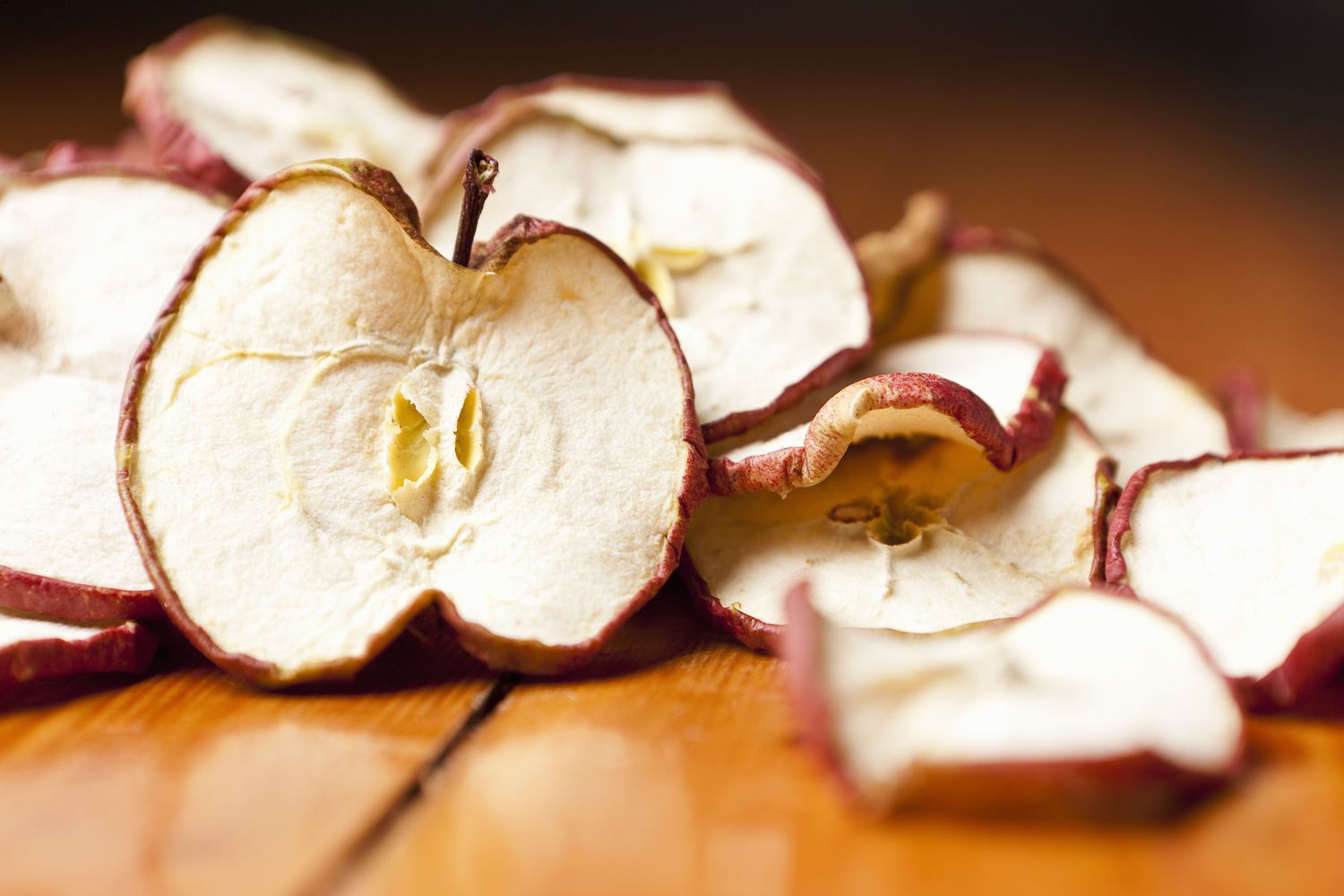
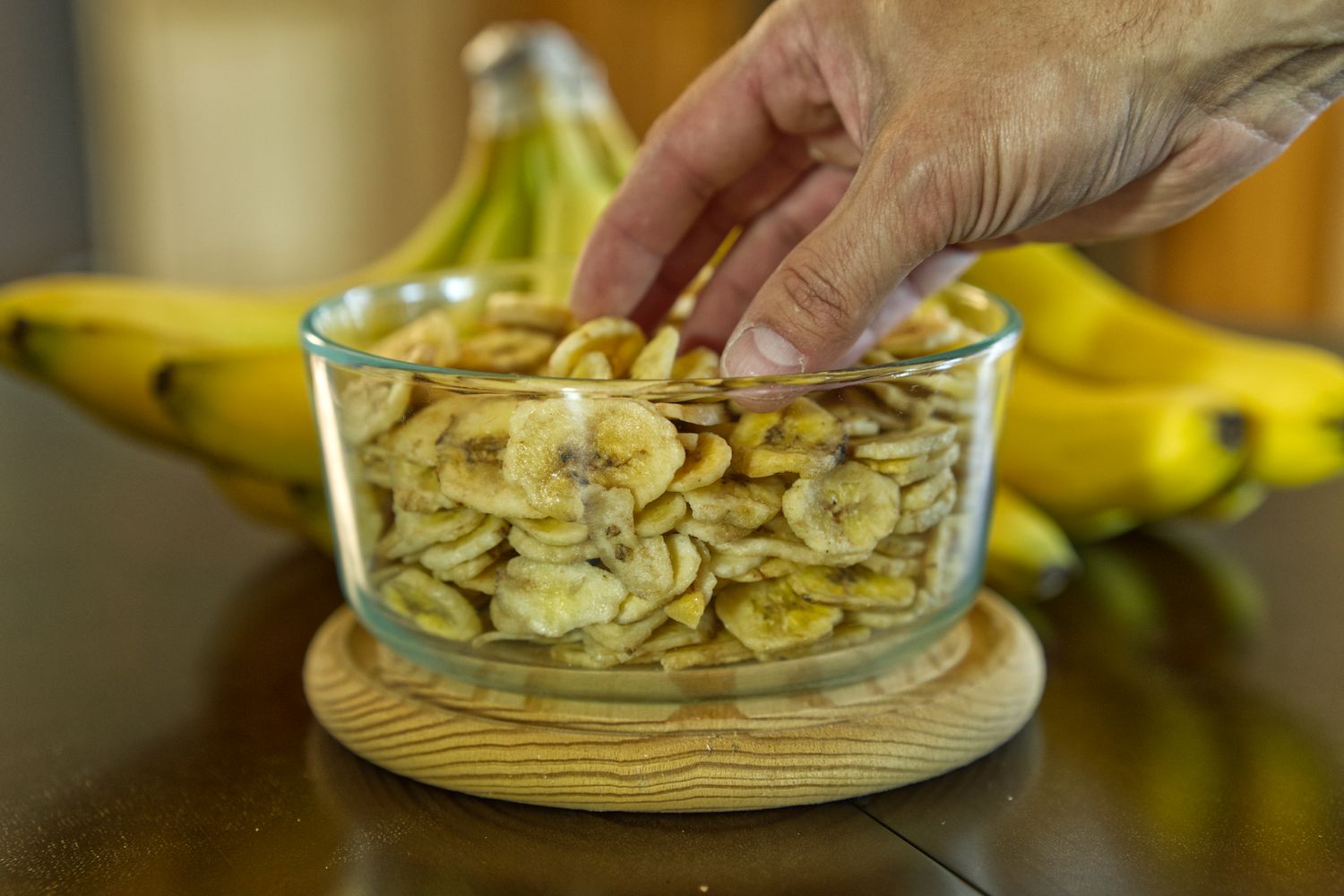





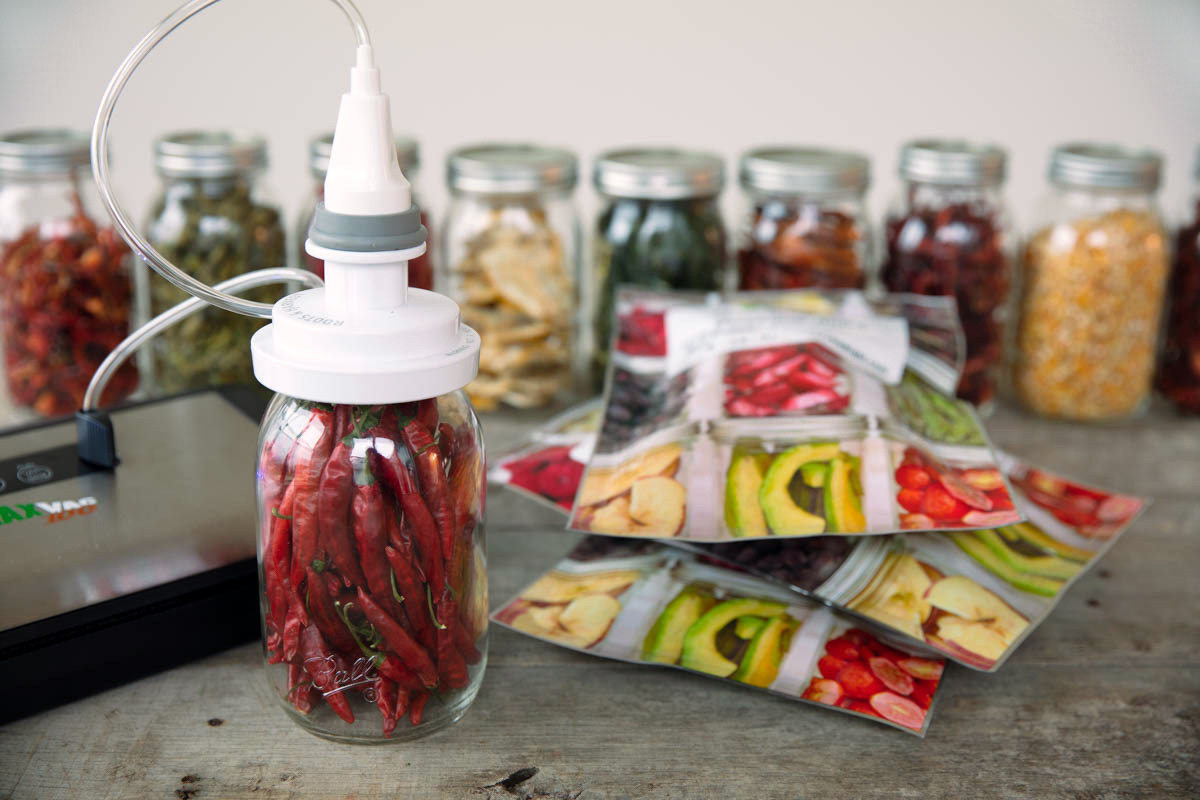
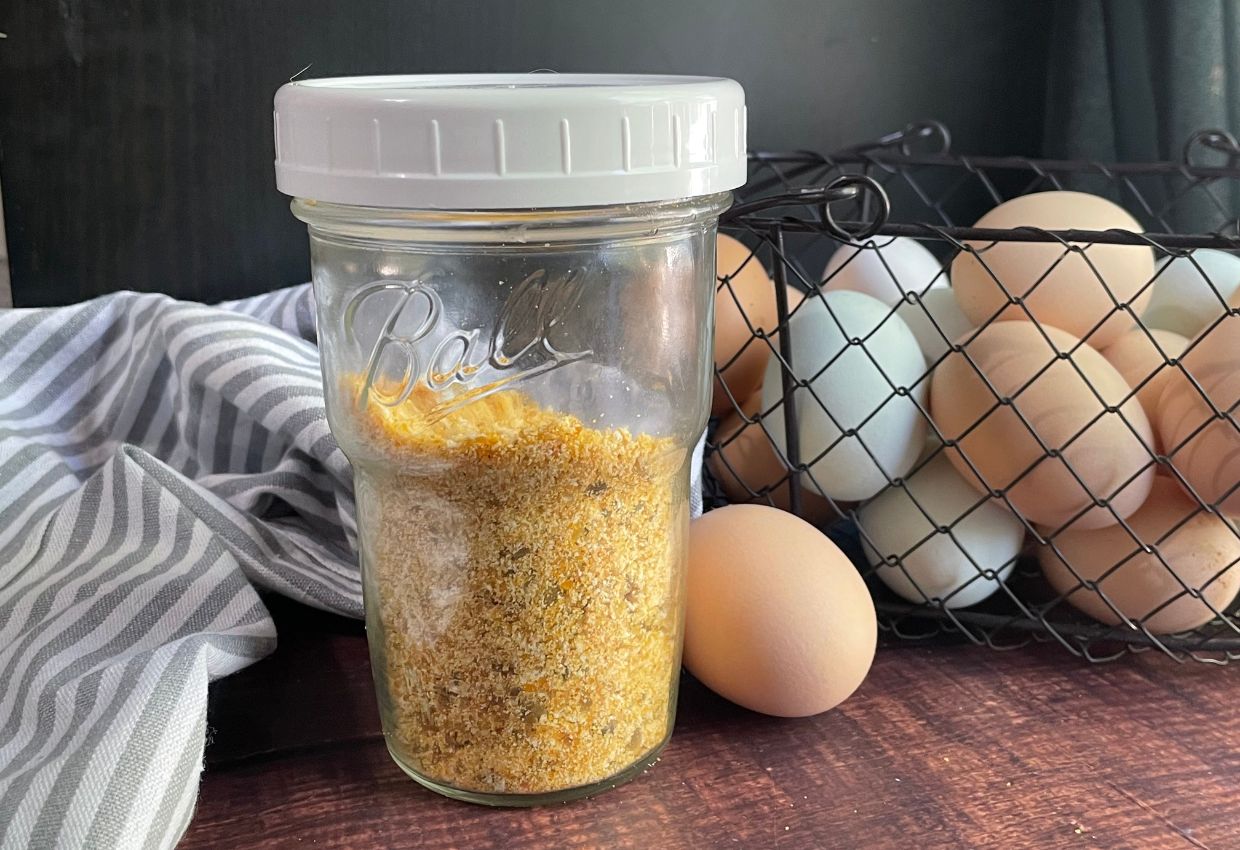

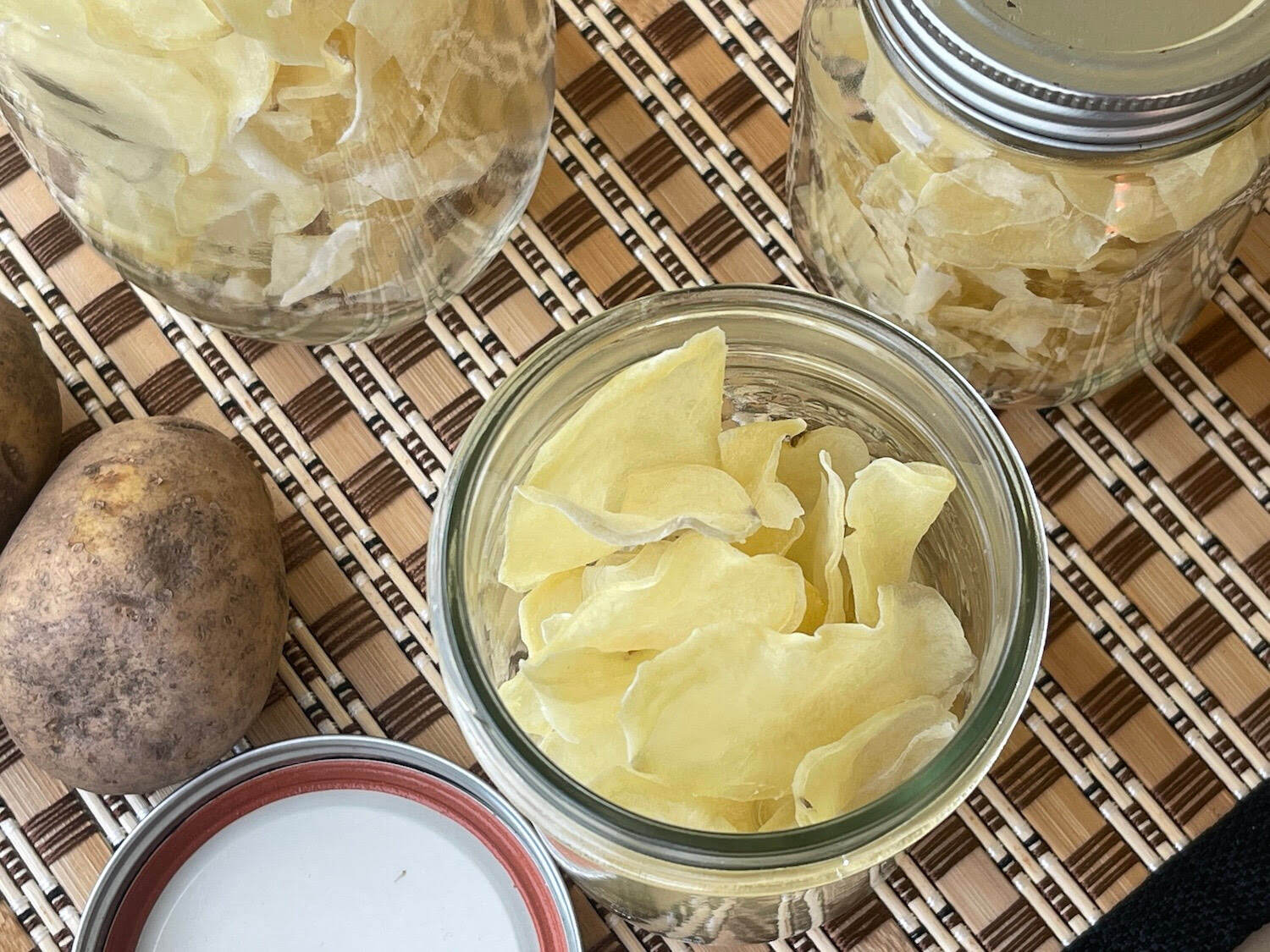

0 thoughts on “How To Store Dehydrated Oranges”